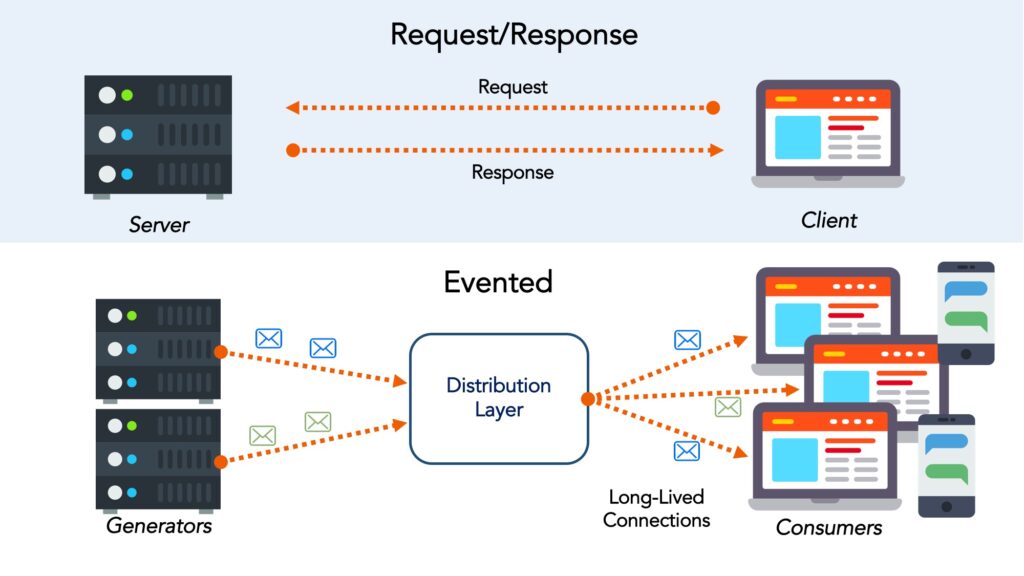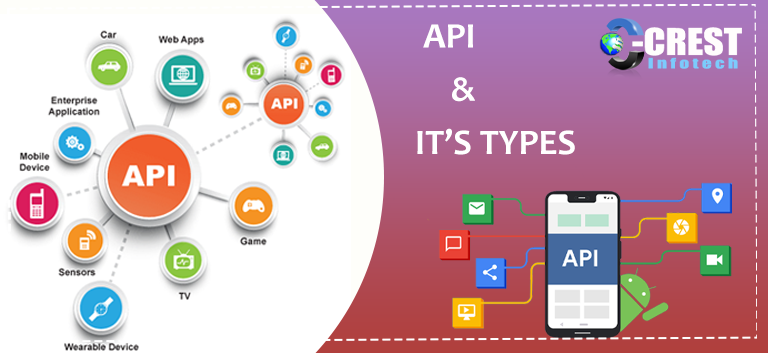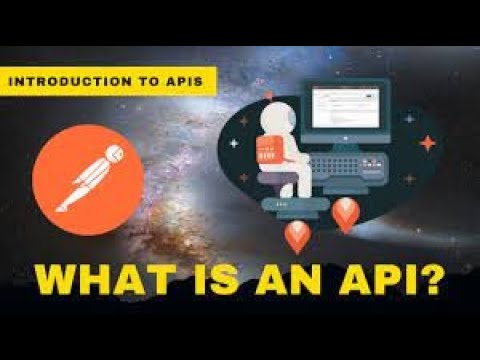In the ever-evolving digital landscape, Web APIs (Application Programming Interfaces) are the building blocks that enable applications to interact with each other seamlessly. From fetching data from servers to integrating third-party services, APIs are the backbone of modern web development, making it possible for applications to be more interactive, responsive, and connected.
In this post, we’ll explore what Web APIs are, their various types, how they work, and why they are essential for modern web development. Additionally, we’ll discuss how developers can leverage APIs effectively and provide examples of some common use cases.
What is a Web API?
A Web API is a set of rules and protocols that allow different software components to communicate over the internet. Essentially, APIs act as messengers that deliver your request to a system and bring the system’s response back to you.
For example, when you use a weather app, it communicates with a third-party weather API to fetch the latest forecast data and displays it on your screen.
Web APIs are vital for creating dynamic web applications that can fetch and manipulate data from various sources without requiring a complete page reload.
Types of Web APIs
Web APIs come in different forms depending on their structure and purpose. Below are the main types:
1. REST (Representational State Transfer) APIs
REST APIs use HTTP requests to access and manipulate data. They are stateless, meaning each request from the client contains all the information needed to fulfill the request. REST is widely adopted due to its simplicity and scalability.
For example, developers often use REST APIs in front-end applications to fetch data. If you’re working with React, learning how to fetch data from APIs and display it is a fundamental skill for dynamic web development.
2. GraphQL APIs
GraphQL is a query language for APIs that allows clients to request only the data they need. Unlike REST, which requires multiple endpoints for different data, GraphQL enables developers to fetch all related data in a single request, reducing over-fetching or under-fetching.
For a deeper dive into how GraphQL differs from traditional REST APIs, check out this comprehensive comparison: GraphQL vs. REST: Why Modern APIs are Embracing Flexibility Over Tradition.
3. SOAP (Simple Object Access Protocol) APIs
SOAP APIs rely on XML-based messaging and are known for their strict standards and robust security features. They are often used in enterprise-level applications where data integrity and security are critical.
4. WebSocket APIs
WebSockets enable real-time, two-way communication between a client and a server, making them ideal for chat applications, live notifications, and streaming services.
How Web APIs Work
Web APIs operate on a request-response model. Here’s how a typical API request flows:
- Client Request: A client (browser or application) sends an HTTP request to an API endpoint, specifying the required data or action.
- Server Processing: The server processes the request, retrieves the necessary data, and performs the requested action.
- Response: The server sends back the requested data or a confirmation of the action in a specific format (usually JSON or XML).
For example, an API request to a weather service might look like this:
bashCopy codeGET https://api.weather.com/v3/wx/forecast?latitude=40.7128&longitude=-74.0060&format=json
This request asks the server to provide weather data for a specific location in JSON format.
Benefits of Using Web APIs
1. Enhanced Interoperability
Web APIs allow different systems and applications to communicate and share data regardless of their underlying technologies.
2. Improved Efficiency
Developers can reuse existing APIs instead of building functionalities from scratch, saving time and effort.
3. Scalability
APIs enable applications to scale by integrating external services like payment gateways, authentication systems, and analytics tools.
4. Real-Time Data Access
With APIs, developers can fetch real-time data from external sources, keeping their applications dynamic and up-to-date.
Common Use Cases of Web APIs
- Social Media Integration: Embedding Facebook posts, Twitter feeds, or LinkedIn profiles.
- Payment Processing: Integrating payment gateways like PayPal or Stripe.
- Data Visualization: Fetching and displaying real-time analytics or data insights.
- Third-Party Authentication: Using APIs like OAuth for secure user login via Google, Facebook, etc.
Building APIs with Express.js
When developing APIs, backend frameworks play a crucial role. Express.js is a popular Node.js framework for building RESTful APIs. It offers a robust and flexible environment for handling routes, middleware, and responses.
To get started, you can refer to this introduction to Express.js for building APIs, which covers the essentials of setting up and deploying your API services.

Challenges of Using Web APIs
1. Security Concerns
APIs expose sensitive data to the internet, making them vulnerable to cyberattacks. Implementing robust authentication and encryption mechanisms is essential to safeguard data.
2. Rate Limiting and Quotas
Many APIs enforce rate limits to prevent overuse, requiring careful planning to avoid service disruptions.
3. API Versioning
As APIs evolve, maintaining backward compatibility becomes a challenge. Versioning helps manage changes without breaking existing clients.
Best Practices for Working with Web APIs
- Use API Keys and Authentication: Secure your APIs with authentication tokens and API keys to prevent unauthorized access.
- Implement Error Handling: Always handle errors gracefully to provide a seamless user experience.
- Cache Responses: Implement caching to reduce the load on servers and improve response times.
- Follow API Documentation: Thoroughly read and follow the API provider’s documentation for seamless integration.
“APIs are not just tools; they are bridges that connect diverse systems, transforming static applications into dynamic, responsive ecosystems.”

Conclusion
Web APIs are indispensable in today’s web development landscape, enabling applications to interact and share data efficiently. Whether you’re fetching weather data, integrating payment gateways, or building custom backend services with Express.js, mastering Web APIs will elevate your development skills and open new possibilities.
Explore related resources to enhance your API knowledge:
- Fetching Data from APIs in React
- Introduction to Express.js for Building APIs
- GraphQL vs. REST: Why Modern APIs are Embracing Flexibility
By adopting best practices and leveraging the right API technologies, you can create powerful, interactive, and scalable applications that meet modern users’ needs. Start integrating APIs into your projects today to unleash their full potential!









